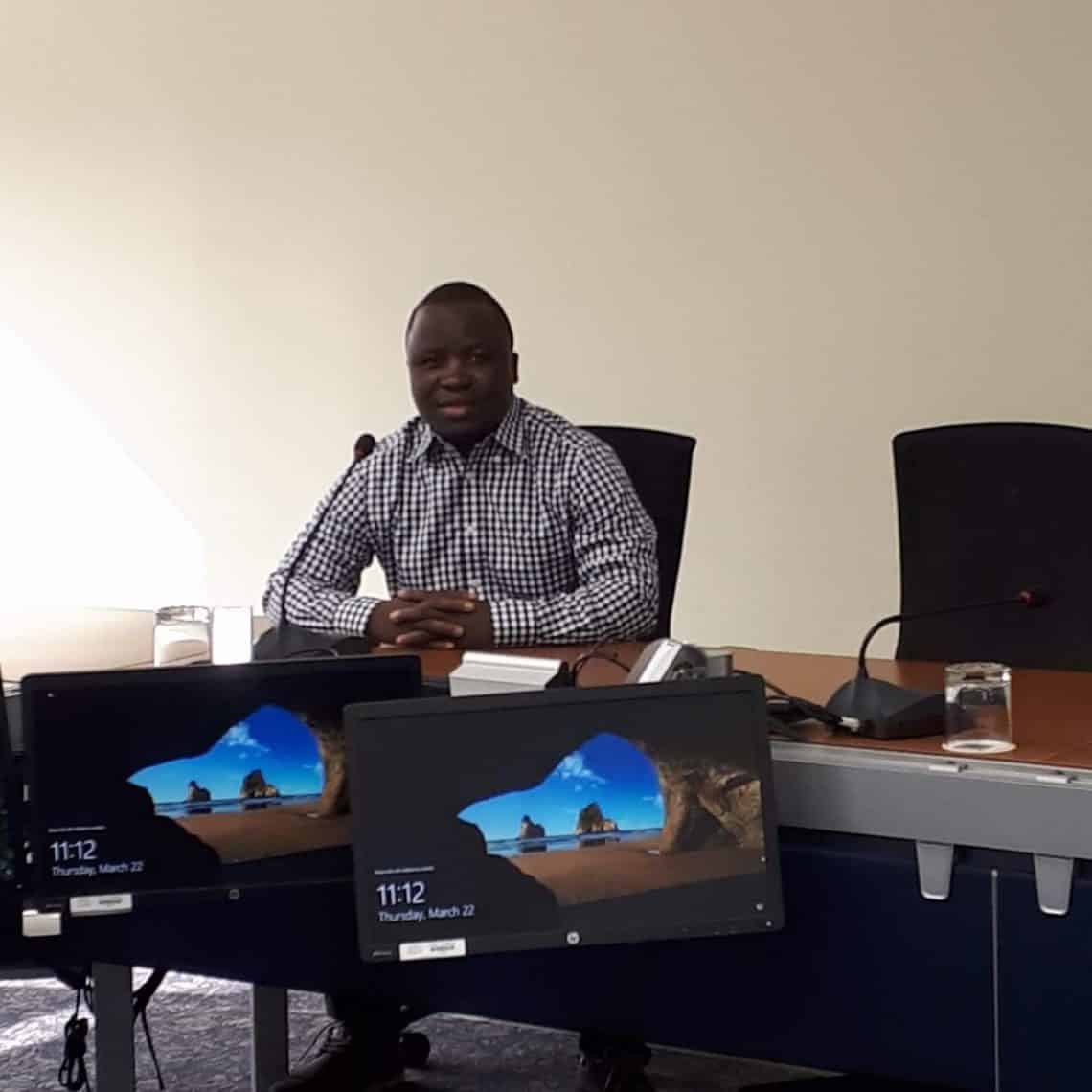By Elmond Bandauko
(“Our impressions of a city are formed mainly by the quality of public spaces. If they are not pleasant and preserved, or if they transmit a sense of insecurity, we will seldom return. Good planning of these spaces should be the rule, not the exception”)
Most urban residents in cities of the developing world do not appreciate the value of public spaces such as parks, waterfronts, recreational facilities, children’s play areas, public plazas and squares et.c. Public spaces are the heart of any vibrant and livable urban community. Sustainable Development Goal (SDG 11)- ‘making cities and human settlements inclusive, safe, resilient and sustainable’ has one of its targets on providing universal access to safe, inclusive and accessible, green and public spaces, in particular for women and children, older persons and persons with disabilities.
Public spaces and places are open and accessible to the public. They form the public realm and are an important aspect of community design. High quality public spaces serve multiple purposes which include being functional and providing recreation, art and cultural opportunities as well as opportunities for social interaction. Natural and built features are often combined which can help promote healthy lifestyles, safety, mental well-being and a high quality of life. As cities continue to grow, both demographically and spatially, new strategies for creating parks and public spaces are needed. Municipal professionals such as city planners need to ask themselves a lot of questions. How do we engage communities when designing public spaces there are so many different users? How do we plan a public space system that is connected and accessible? How do we design public spaces in a flexible way to respond to their urban context?
Key considerations in designing public spaces
Programming for public spaces needs to be locally-responsive and ideally created and led by local community members to ensure it really meets neighbourhood needs. To achieve this, local authorities need engage with community groups, non-profits, and other organizations to partner on interesting parks and public spaces programming. Municipalities can’t and shouldn’t-do it alone. Get creative! Involving residents in the design, planning and administration of urban public spaces or the neighborhoods in which they live is essential to maintain the quality of these spaces. Public spaces have different uses and meanings in each neighborhood and community. Resident involvement ensures that the nature and use of public space will meet the community’s distinct needs. If a space does not reflect the demands and desires of the local population, it will not be used or maintained. Social participation is a central element for the construction of safer, equitable public areas.
Urban parks, especially those in rapidly intensifying areas, require a different set of tools than those used for parks in lower density, suburban areas where people have their own backyards and space is more plentiful. If we want to ensure that our urban neighbourhoods are liveable, inclusive, and socially cohesive for decades into the future, it’s how we plan and engage people in public spaces that should be at the top of our minds. Factors such as accessibility and age-friendly design are also important considerations when it comes to the design and planning of public spaces
Streets are key components of the public realm in urban spaces, however, the primary function, form and prevalence in cities and towns often means these are not considered a focal point or area of importance in relation to public realm and design. Planners must acknowledge the importance of the pedestrian realm within streets, their associated streetscapes, and the relationship with the adjacent built form and land uses. Streetscape elements, such as, trees, flowers, benches, light poles, transit shelters, paving, signage and waste receptacles, form an important element of the public realm and the pedestrians experience while moving through a city or town. In addition to providing functional benefits such as shade, light, places for rest and observation, or safety, streetscaping also helps to differentiate and identify areas along a street and/or create gateways to an area. Given the importance of these linear public spaces, planners should strive through their work to enhance the quality of the public realm along streets to encourage use and promote active life in our communities.
Rapid urban transformation presents new challenges to cities and forces them to think about new development models. However, in the midst of constant transformation, the importance of public spaces for quality of life remains constant. Public spaces continue to be places for exchange, coexistence and meetings. They continue to be vital for urban well-being, liveability and urban vibrancy.
Elmond Bandauko holds a Master of Public Administration (MPA) with specialization in Local government from the University of Western Ontario (Canada) where he studied as an African Leaders of Tomorrow Scholar. He did his BSc. (Hons) in Rural and Urban Planning from the University of Zimbabwe. His interests include participatory policy making, policy innovation and policy diffusion, public management, program and policy evaluation, collaborative governance and the politics of urban development in cities of the global south. His first co-edited book (With Prof. Innocent Chirisa and Elias Mazhindu, 2016) is titled, ‘Peri-urban developments & processes in Africa with special reference to Zimbabwe. He is also building his passion towards neighbourhood-based governance and community resilience. You can follow most of his publications at httpss://www.researchgate.net/profile/Elmond_Bandauko






